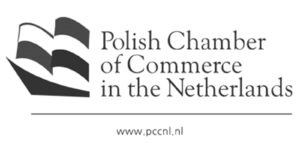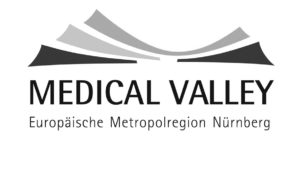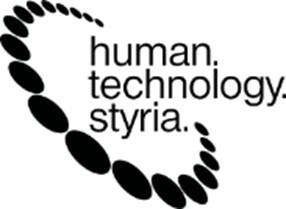The pandemic struck in 2020. Corporate strategies morphed from focusing on development to survival. Items like allowing employees to work from home and online e-commerce became a strategic IT priority. Hence, despite the pandemic, it was business-as-usual. The concept of working remotely made many organizations realize that the proximity of their business partners and suppliers is not that crucial as it was thought to be. In most cases, local partners and suppliers were favoured over international companies. A local business partner has the advantage of being in the same jurisdiction, observing the same laws and regulations, operating the same currency, and speaking the same language.
However, in most situations, looking for the best partners internationally can bring huge benefits to a business in optimizing quality, availability, and cost. This is especially true when it comes to software development.
Initially, there were technical concerns but improvements in the quality and availability of international links and supporting technologies such as Zoom have reduced them significantly.
There is a concern that working remotely can bring communication and coordination issues, particularly in multi-cultural environments. We have been working in the international arena for over fifteen years, gaining significant experience and have developed a 10-stage approach that we apply to each project to ensure maximum cooperation.
The 10-step approach is as follows:
- Start with a test project with measurable goals and objectives.
A successful international cooperation initiative starts with self-contained, relatively brief projects with clear requirements. Application module projects where costs or time-to-complete schedules are known to provide an excellent means for testing the deliverables and measuring results.
- Ensure internal buy-in and involvement.
Without the buy-in and active participation of internal stakeholders, it is impossible to create the type of collaborative environment that characterizes successful international cooperation initiatives. The continued involvement of internal stakeholders with the knowledge of potential risks and rewards of international cooperation is important.
- Review and document internal processes.
A common problem in working with international partners is that internal organizations often operate under informal processes described in the local language, making it difficult to collaborate with outside suppliers. Before selecting a third-party supplier, a company should assess its internal processes and identify and document where functions intersect. The company should also document how information flows throughout the internal software development life cycle. This will provide an opportunity to refine and adjust internal processes where necessary.
- Assign a dedicated project manager.
Assign a dedicated client project manager, a single point of contact, to serve as the focal point throughout the entire project life cycle right from the planning and request for proposal (RFP) phase to acceptance testing and implementation. Additionally, this individual should be an experienced manager to work closely with the international counterpart to solve day-to-day operational issues.
- Ensure organizational fit.
It is also important to virtually meet with the individuals who will be working remotely to get a sense of how they will fit into the internal culture. Reviewing the qualifications of prospective team members should be part of the process.
- Fulfilment of documentation.
Even with close and informal collaboration, it is important to have well-documented roles and responsibilities stating precise project requirements and clear project milestones. A clear statement of deliverables is needed for project closure.
This practice also applies to project tracking and oversight, configuration management activities such as version control, backup, and recovery and all other facets of the process.
- Establish a secure infrastructure.
Co-operating internationally requires a secure communication infrastructure and the use of collaboration tools such as email, chat, and intranet-based project Web sites. Choosing how work will be distributed and the specific development and network infrastructure should be done in line with the client’s security policies and development processes.
- Allow ample time and resources for knowledge transfer.
Knowledge transfer is a vital part of the process. It not only ensures that the supplier’s staff members understand the client’s software but also contributes to the creation of a collaborative work environment that continues even after the completion of the project. Additionally, long-term contracts that specify a periodic rotation of staff create a flexible yet knowledgeable base from which resources can be quickly drawn as needed.
- Acknowledge that cultural understanding is a two-way street.
It is an absolute necessity in multi-cultural environments that employees be able to adapt and work effectively in other cultures. However, multi-cultural enterprises need to be aware of cultural issues such as if disagreements can be raised and how they are resolved. Some companies conduct internal cross-cultural training to create awareness around such issues.
- Organize meetings and monitor performance and stakeholder satisfaction.
Regular project status meetings in which the client and supplier team members review schedules and deliverables and resolve open issues are an essential part of international cooperation. They enable clients to stay on top of and maintain control over projects as well as track supplier performance.












